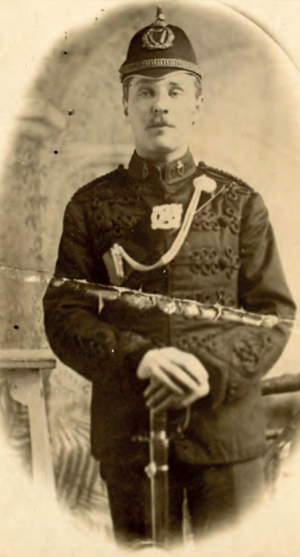
Sir,—Your latest editorial (HI 30.5, Sept./Oct. 2022) offers a simple (and, indeed, quite simplistic) binary—as well as utterly unhistorical—distinction between (a) ‘military forces’ and (b) ‘a civil police force’.
Ireland (outside Dublin City) was policed from 1836 not by ‘military forces’ but on a model that also operated both on the Continent and in Canada—the Royal Canadian Mounted Police (RCMP)—as also with the regional Australian forces. Or do Canadians regard their RCMP as a ‘military force’ and not police? The Irish Constabulary replaced the use of the military in police duties—and not just as an official goal but in fact.
Not only do the Spanish Guardia Civil, the French Gendarmerie and the Italian Carabinieri embody that (armed) model, but so does the Pope’s Vatican Gendarmerie (always separate and distinct from its only military force, the Swiss Guard).
It not only was but also remains the almost universal model of policing, outside Iceland, Norway, New Zealand (although in those three countries weapons are now carried in locked boxes in patrol cars—but only for emergency use), the Republic of Ireland and, of course, Great Britain. Or are there ‘civil police forces’ in only five countries in the entire world?
In fact, the RIC was something of an outlier in the virtually universal (armed) model, because (a) it never answered to a defence/army minister (only to the Chief Secretary for Ireland) and (b) its members were never part of the military establishment; in addition (c) it did not have standard military weapons until 1920, when Lee Enfield 0.303 rifles were issued—and then only in response to the ongoing—and increasing—campaign of assassination. Indeed, even in 1920–1 the RIC (as distinct from the mobile companies of the Auxiliary Division) had no access to heavier weaponry than Lee Enfield rifles—a ‘military force’?
Furthermore, when new carbines (and not rifles) were being ordered at the end of the nineteenth century, the UK House of Commons was informed that firearms had been used very rarely in the preceding decade.
Your own very transparent ‘republican’ ideology may indeed find such analysis very inconvenient, but is ideology not a rather poor tool in exploring history?
You also do not mention that the State has honoured both (a) the 210,000 Irishmen in UK forces in the First World War and (b) those (I reckon up to 166,519) in the Second World War, including by President Mary McAleese in Flanders on 11 November 1998, with HM Queen Elizabeth II, and by successive presidents at the annual Remembrance Sunday service in St Patrick’s Cathedral, as well as taoisigh at Enniskillen on those Sundays, but still has not done the same for the over 80,000 Irishmen who served in the Dublin Metropolitan Police (DMP) and the RIC from 1836. It’s a very odd anomaly, but due not to ‘public outcry’ as distinct from the usual—and utterly predictable—‘republican’ (and bigoted and bitter) elements.
So much for ‘parity of esteem’, Senator George Mitchell’s resounding mantra.
Or does the 1923 Ballyseedy massacre also permanently stain all who served in our Defence Forces?—Yours etc.,
TOM CAREW
Dublin 6
